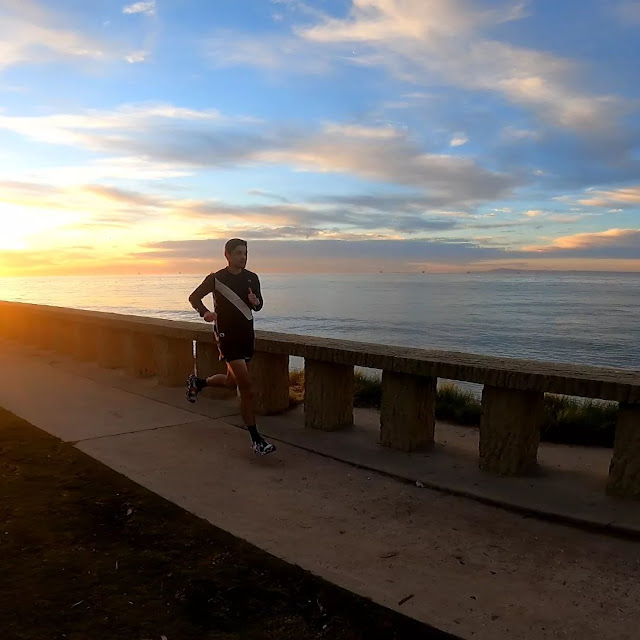DOR Podcast #74: Defining Shoe Categories, Favorite Long-Distance Racing Shoes, and Craft Line-Up Review
Today at the roundtable we discuss the continually blurring lines between different categories of running shoes: namely trainers, performance trainers, and racing shoes. We talk about whether performance trainers are even useful and if so, why? We then dive into Craft's new offerings: Ultra 2, Ultra Carbon 2, and Race Rebel.
Direct Links: Apple | Spotify | Anchor
VIDEO
Chapters
0:00 Intro/Big Favor
2:08 The Subjective: favorite long distance racing shoe?
10:56 Shoe Categories: where do we draw the lines and are they useful?
27:00 What's the point of a performance trainer?
37:24 Craft line-up reviews
Science Blog: Injury Prevention and the Role of a Running Shoe Rotation
By Contributor Nathan Brown
By Contributor Nathan Brown
As the popularity of running continues to grow, understanding how injuries occur and how to prevent them is a main focus within the world of research. Factors such as training habits, participation in other sport activities, and specific strength training have all been assessed. Additionally, looking at what kind of footwear may help decrease risk of injury has also been assessed, but results are typically mixed when trying to match people to shoes by giving global recommendations.
One thing that has been shown to reduce injury when it comes to footwear is having a shoe rotation. A study was performed with 264 runners who they followed for 22 weeks (Malisoux et al 2015). After assessing the final incidence of injury (87 runners), they found that the group of runners who had more than one shoe in their rotation (their main shoe for less than 58% of the time) had a 39% lower risk of a running-related injury. A potential reason for this reduction in risk is related to the highly repetitive nature of running, which rears its head as progressive microtrauma injuries.
What multiple shoes within a rotation may do is slightly alter the loading through the foot and ultimately the entire kinetic chain, changing loading, stress, and strain, through the tendons, ligaments, and muscles in the body. These variations, although small, seem to help reduce injury by reducing microtrauma over time. While it may cost capital on the front end, a shoe rotation will ultimately cost you the same over time. We recommend going to a shoe store to find two to three shoes that fit well, are comfortable, and have different specifications (drop, weight, softness) to create a shoe rotation that fits your needs.
Recently at Doctors of Running
Hoka Tecton X
Puma Velocity Nitro 2
Run Commute Apparel
Hoka Cielo X LD
On Cloudboom Echo
Tracksmith Apparel
Follow Doctors of Running on Social Media
Facebook: Doctors of Running
Youtube Channel: Doctors of Running
Instagram: @doctorsofrunning
Linkedin: Doctors of Running
Strava: Doctors of Running
Podcast: Virtual Roundtable
Pinterest: Doctors of Running
Please feel free to reach out, comment and ask questions!
Contact us at doctorsofrunning@gmail.com
NEXT: On Cloudboom Echo









